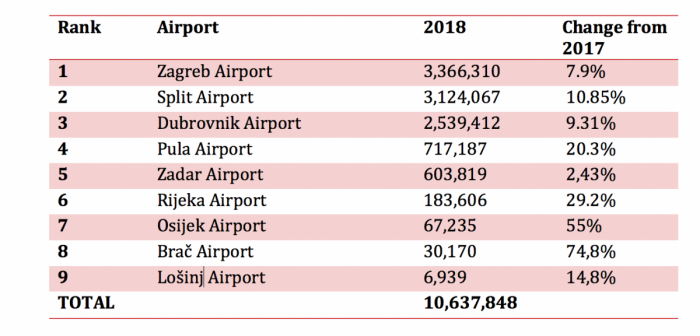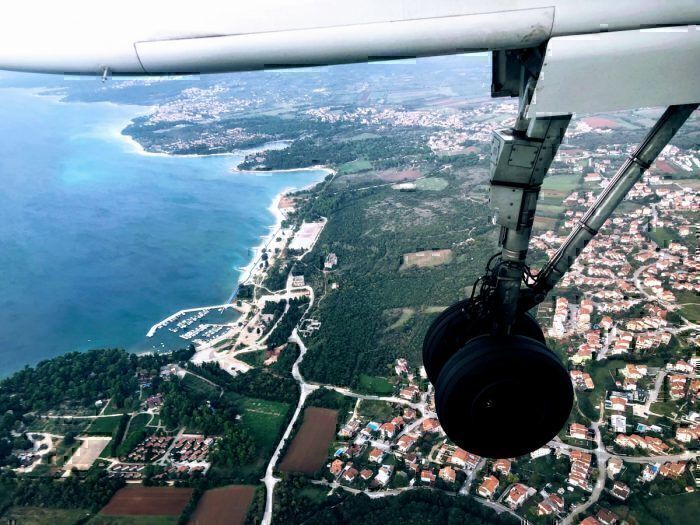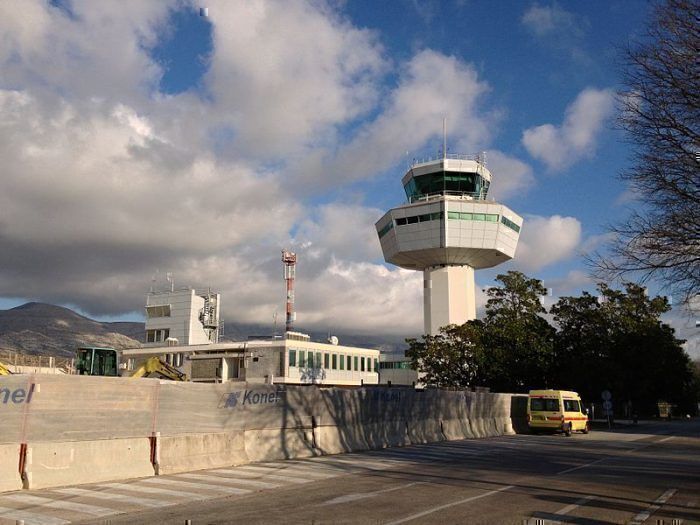Ever since it joined the European Union in 2013, the small Southeast European country of Croatia has been experiencing an explosion of air passenger traffic. There are several reasons for this, many thanks to changes at EU level. Let's take a look.
First, with the lifting of labor market restrictions for Croatian citizens in the other 27 EU member states, circular migration has been on the rise. This means that more Croats are flying out of their hometowns to their new workplaces, and then flying back for holidays or to visit family. It also means more EU citizens are flying into Croatia for work themselves. Second, the EU accession has attracted numerous European carriers to launch new routes and base aircraft in the country because of the improved business climate that EU membership is bringing about.
The stats are great
Croatia has a population of four million, but since it joined the European Union its air traffic has been double that. It is now nearing triple the size of Croatia's population, with passenger numbers expected to exceed 11 million according to Ex-Yu Aviation News. Croatian business portal Poslovni Dnevnik outlines that in the first five months of 2019, Croatian airports have registered passenger growth of over 10%.
There are nine airports with scheduled flights in Croatia. Each one of them saw its passenger numbers grow last year.
Split Airport is a regional powerhouse
The most impressive growth since EU accession happened is at Split Airport. According to its own statistics, it had 1,581,734 passengers in 2013 and 3,124,067 in 2019. This means that Split Airport has grown by an incredible 98% in just five years since Croatia joined the European Union.
The increase in arrivals is chiefly due to a tourist boom, which in turn is directly linked to Croatia becoming an EU member. This was predicted by The Telegraph at the time of accession.
With the opening of its new terminal this month, Split Airport is set to grow even further. The increase in passenger capacity could enable the airport to lower its fees and attract further demand, including long-haul flights.
Oneworld is increasingly dominant in Croatia
When Croatia was part of Yugoslavia, it had several direct routes to North America. They were all abruptly discontinued when Croatia established itself as an independent country in 1991, and it wasn't until the country joined the European Union that long-haul services to North America were resumed.
Air Transat launched flights to Toronto in 2016, followed by Montreal in 2018. Air Canada Rouge launched its own flights to Toronto in 2018. Then, American Airlines launched flights to Dubrovnik this year. Local media dubbed this the most significant development in Croatia's aviation sector this year.
American's route to Dubrovnik is a direct consequence of the success that Iberia is having in Croatia. That success is most significant in the last three years, which in turn is a direct result of the tourism boom brought about by the EU accession.
Other long-haul routes launched since Croatia joined the European Union include a Korean Air service from Seoul to Zagreb and Emirates' service from Dubai to Zagreb.
Ryanair and Open Skies
In a statement quoted by the European Commission to mark the 25 years of de-regularised European skies, Ryanair's Michael O'Leary called the Single Market in aviation "the stand-out achievement of the EU". The Irish airline started building its European growth in 1997 with the launch of flights between the UK and Sweden.
In Croatia, Ryanair uses its Single Market rights to fly between any European airport and Zadar. The carrier repeatedly ruled out scheduling services to the larger Croatian airports Split and Dubrovnik, citing high fees as a deterrent. Instead, it focuses its efforts on Zadar, another coastal town in the vicinity of Split.
As reported by Ex-Yu Aviation at the time, Ryanair opened a seasonal base in Zadar in 2013, the year that Croatia joined the European Union. That base closed last year, but Ryanair still launched nine new routes to Zadar this summer. This constitutes 10% of Ryanair's summer 2019 expansion.
The nine new routes are Stuttgart, Hamburg, Poznan, Bergamo, Eindhoven, Krakow, Prague, Cologne, and Nuremberg. Each of these is a European Union destination - Zadar has only two scheduled routes outside the EU.




